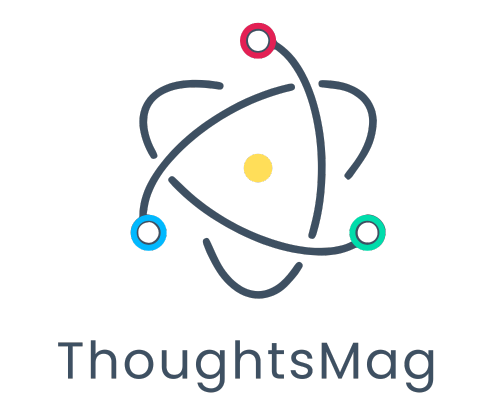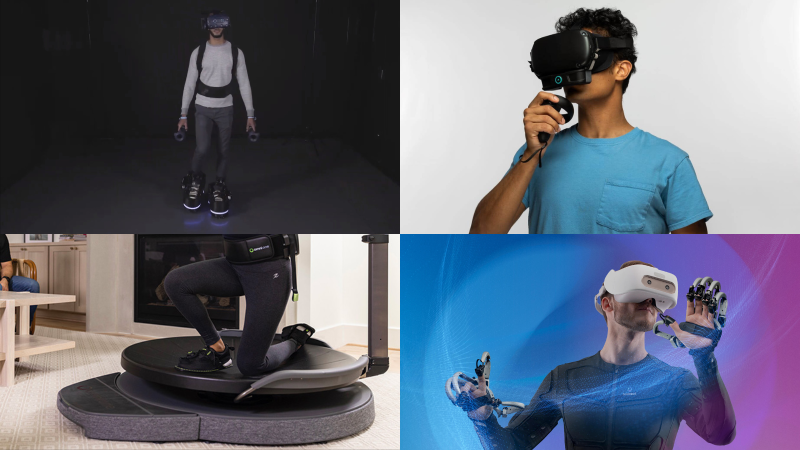Using LinkedIn Ad Insights to Shape Your Sales Pitch
LinkedIn Ads aren’t just a marketing tool—they’re a window into how your target audience thinks, reacts, and engages. For B2B sales teams, the insights buried in your ad performance can be a goldmine for improving pitch relevance and closing more deals.
If you’re only using the platform to track leads and cost per click, you’re missing the bigger picture. When read the right way, LinkedIn Ads data can directly inform your sales conversations—making them sharper, more tailored, and more effective.
See What Messaging Actually Resonates
It’s one thing to brainstorm pain points and selling points internally. It’s another to test them in the wild. With LinkedIn Ads, every campaign you run becomes a controlled experiment in what your prospects actually care about.
By comparing the performance of different headlines, body copy, and formats, you can learn:
- Which value propositions generate the most clicks
- What objections prospects may be responding to
- What types of CTAs convert best for specific roles or industries
For example, if “Streamline your procurement workflow” outperforms “Save hours each week on admin” in a campaign targeting operations managers, that tells you exactly what to emphasize during your next discovery call.
Your ad data is essentially pre-pitch feedback—offered at scale and without the pressure of a live conversation.
Understand Buyer Intent by Funnel Stage
LinkedIn Ads let you structure campaigns for different stages of the funnel. Someone who engages with a top-of-funnel post may not be ready for a sales conversation—but someone who fills out a Lead Gen Form or watches 75% of a product demo video? That’s a warmer lead.
When sales reps have access to this data, it changes how they engage. A contact who clicked on an ROI case study might be ready for numbers. A prospect who engaged with thought leadership content could benefit from a strategy-focused conversation.
This context gives reps the ability to meet buyers where they are, instead of guessing or asking too many qualifying questions upfront.
Identify What Roles Engage Most
Your campaigns might be targeted at multiple roles—say, both marketing directors and heads of revenue—but not all of them will engage the same way. LinkedIn breaks down performance by job title, industry, and company size, helping you pinpoint exactly who’s interacting with your messaging.
That’s valuable not just for marketing, but for sales targeting and sequencing. If most of your engagement is coming from mid-level managers, your sales team may need to adjust their outreach or equip those leads with material to pass up the chain.
Understanding which roles click and convert can also inform how you structure your multi-threading strategy across accounts.
Refine Your Talking Points Based on Engagement Trends
Sometimes, the best insights come from what doesn’t work. If a campaign pushing “feature-focused” messaging consistently underperforms compared to a campaign framed around outcomes or impact, that’s a signal.
This kind of insight allows your sales team to adjust how they frame the product in meetings. Instead of talking through a feature list, they can lead with results.
It’s one of the underrated best practices for linkedin ads—using ad performance not just to optimize ads, but to refine the sales story being told on calls, in proposals, and across the buyer journey.
Let Ad Feedback Influence Sales Enablement Content
If your ads promoting a specific case study or guide perform especially well, that content should find its way into your reps’ sales decks or email follow-ups.
Ad performance tells you what people care enough to click on. Sales teams can ride that momentum by reusing that same content in conversations or post-meeting follow-ups. It also helps prioritize which content to expand—if a mini-guide is working well in ads, consider turning it into a longer-form resource or live event.
Following best practices for linkedin ads isn’t just about better ad performance. It’s about giving your sales team better information, more relevant stories, and data-backed confidence in what they’re saying.
Final Thought
Your LinkedIn Ads dashboard is more than just a marketing report—it’s a source of real buyer signals. When you share those insights with sales, you bridge the gap between campaign strategy and sales execution. You stop guessing what the customer wants to hear—and start showing them you already understand.






